News
-
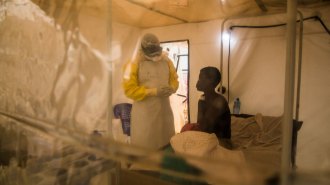 Health & Medicine
Health & MedicineThe second-worst Ebola outbreak ever is officially over
As Congo grapples with COVID-19 and other disease outbreaks, the country’s 10th battle against Ebola has ended.
-
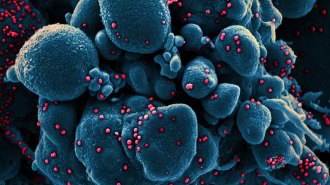 Health & Medicine
Health & MedicineMillions of COVID-19 cases in the U.S. may have gone undiagnosed in March
Millions of people in the United States went to the doctor in March with influenza-like symptoms. Many may have had COVID-19, a study suggests.
-
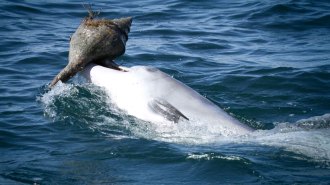 Animals
AnimalsDolphins can learn from peers how to use shells as tools
While most foraging skills are picked up from mom, some bottlenose dolphins seem to look to their peers to learn how to trap prey in shells.
By Jack J. Lee -
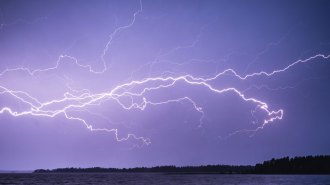 Earth
EarthTwo lightning megaflashes shattered distance and duration records
Satellite data show that the two extreme bolts, both appearing over South America, more than doubled the previous records.
-
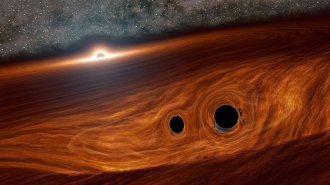 Space
SpaceColliding black holes may have created a surprising flare of light
A flare-up after a gravitational wave outburst may be the first sighting of light from colliding black holes.
-
 Paleontology
PaleontologyFossil discoveries suggest the earliest dinosaurs laid soft-shelled eggs
Finding soft-shelled dinosaur eggs in the fossil record for the first time has scientists rethinking how dinosaur eggs evolved.
By Jack J. Lee -
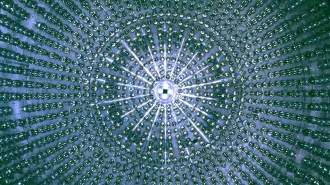 Particle Physics
Particle PhysicsPhysicists spot a new class of neutrinos from the sun
Researchers with the Borexino experiment in Italy have detected neutrinos produced in the secondary fusion process taking place in the sun’s core.
-
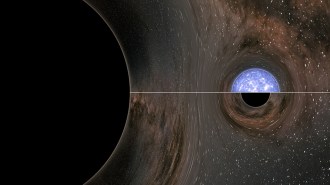 Space
SpaceLIGO and Virgo detected a collision between a black hole and a mystery object
The first evidence of an object more massive than any neutron star and more lightweight than any black hole has astronomers wondering what it is.
-
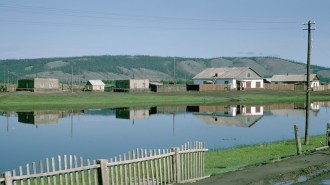 Climate
ClimateA Siberian town hit 100 degrees, setting a new record for the Arctic Circle
Verkhoyansk’s high temperature, which has yet to be confirmed, follows a six-month period of record heat in the region.
-
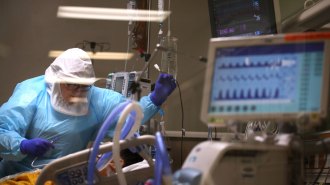 Health & Medicine
Health & MedicinePreventing dangerous blood clots from COVID-19 is proving tricky
Clinical trials of blood-clotting drugs have begun in hospitalized COVID-19 patients, as excessive clotting remains a complication of the disease.
-
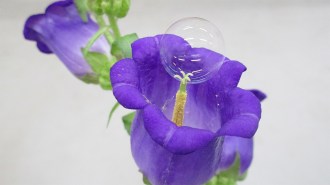 Tech
TechBubble-blowing drones may one day aid artificial pollination
Drones are too clumsy to rub pollen on flowers and not damage them. But blowing pollen-laden bubbles may help the machines be better pollinators.
-
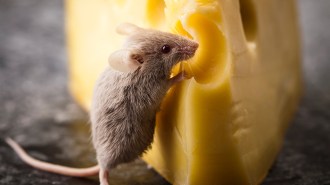 Neuroscience
NeuroscienceHow to make a mouse smell a smell that doesn’t actually exist
The ability to create a perception might lead to a deeper understanding of how the brain makes sense of the world.